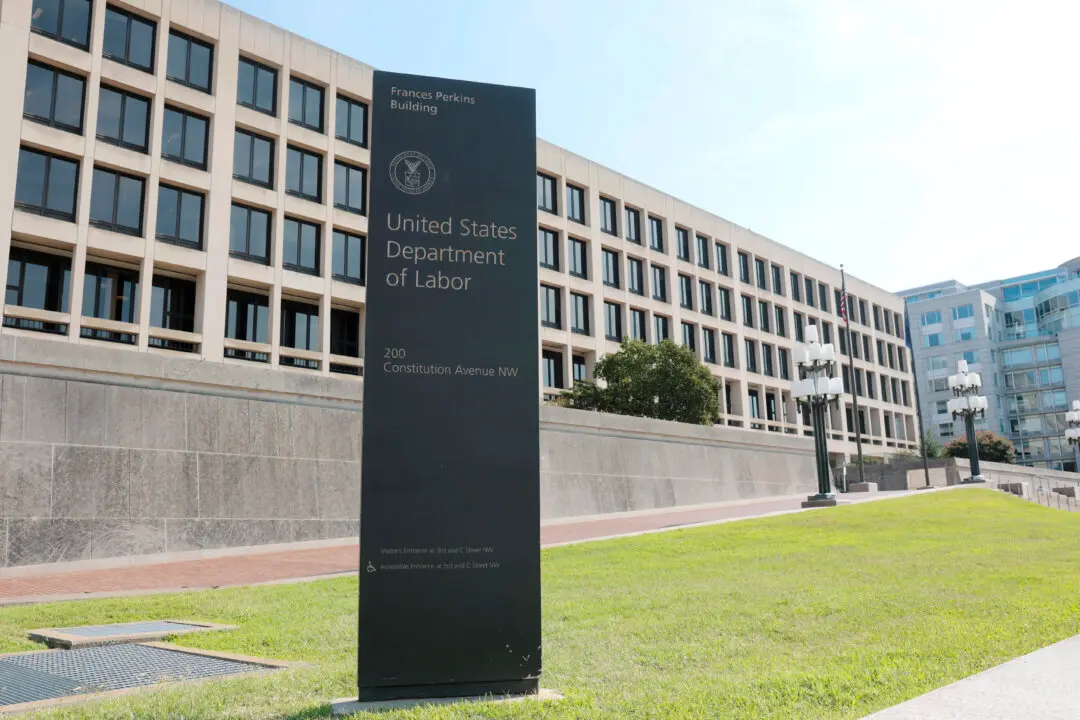Commentary
Why do we want to know the inflation rate? It’s because everyone is uncomfortable in an epistemic void. We want to know what is happening to us, is it getting worse, or if the problem is abating. In order to fill that void, we need a number. To get a number, we need something called science, and we must apply it to real-world conditions.





